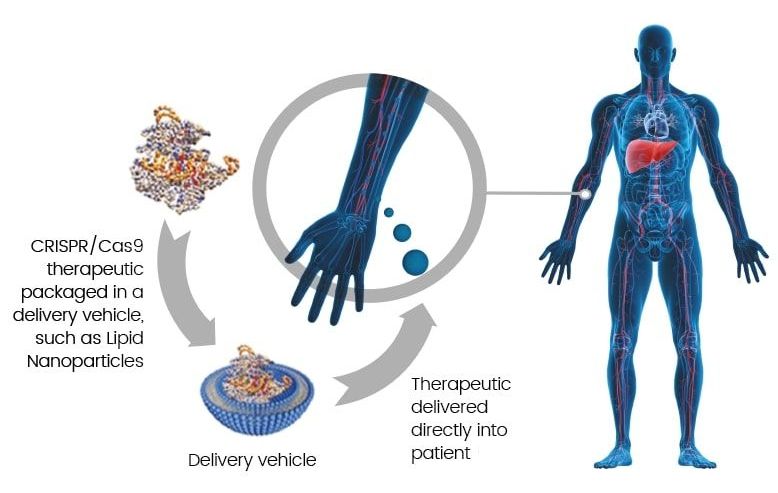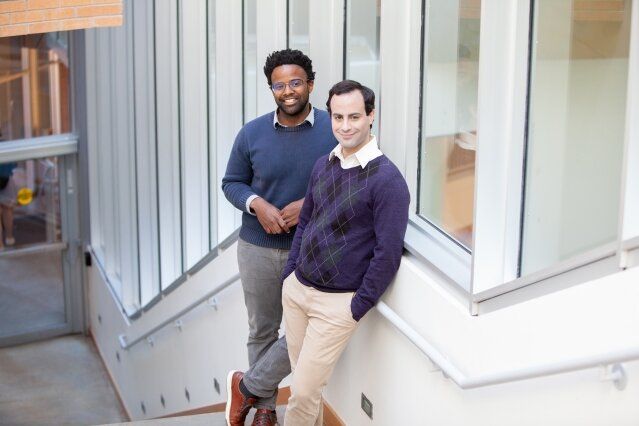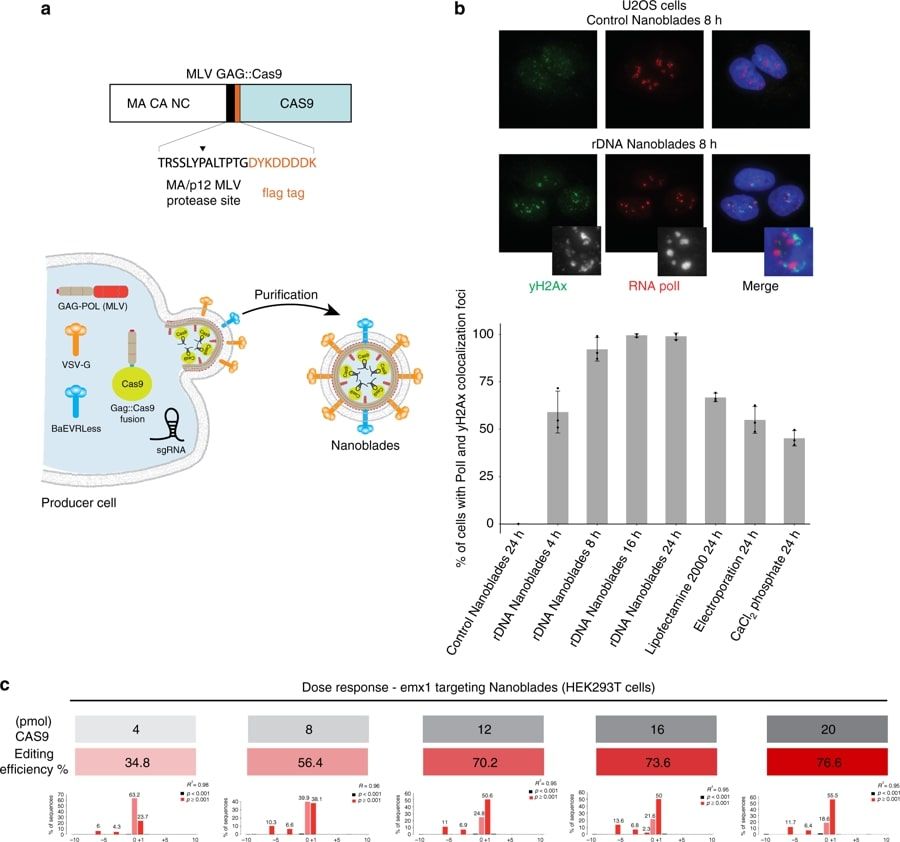Intellia and its research collaborator, IRCCS Ospedale San Raffaele presented new in vitro data showing that CRISPR/Cas9 editing resulted in over 98% knockout of the endogenous T cell receptor (TCR), while achieving transfer of various Wilms’ Tumor 1 (WT1)-specific TCRs into over 95% of isolated T cells.
Intellia Therapeutics is a leading genome editing company focused on developing curative therapeutics using the CRISPR/Cas9 system. Intellia believes the CRISPR/Cas9 technology has the potential to transform medicine by permanently editing disease-associated genes in the human body with a single treatment course, and through improved cell therapies that can treat cancer and immunological diseases, or can replace patients’ diseased cells.
SOURCES- Intellia Written By Brian Wang. Nextbigfuture.com









